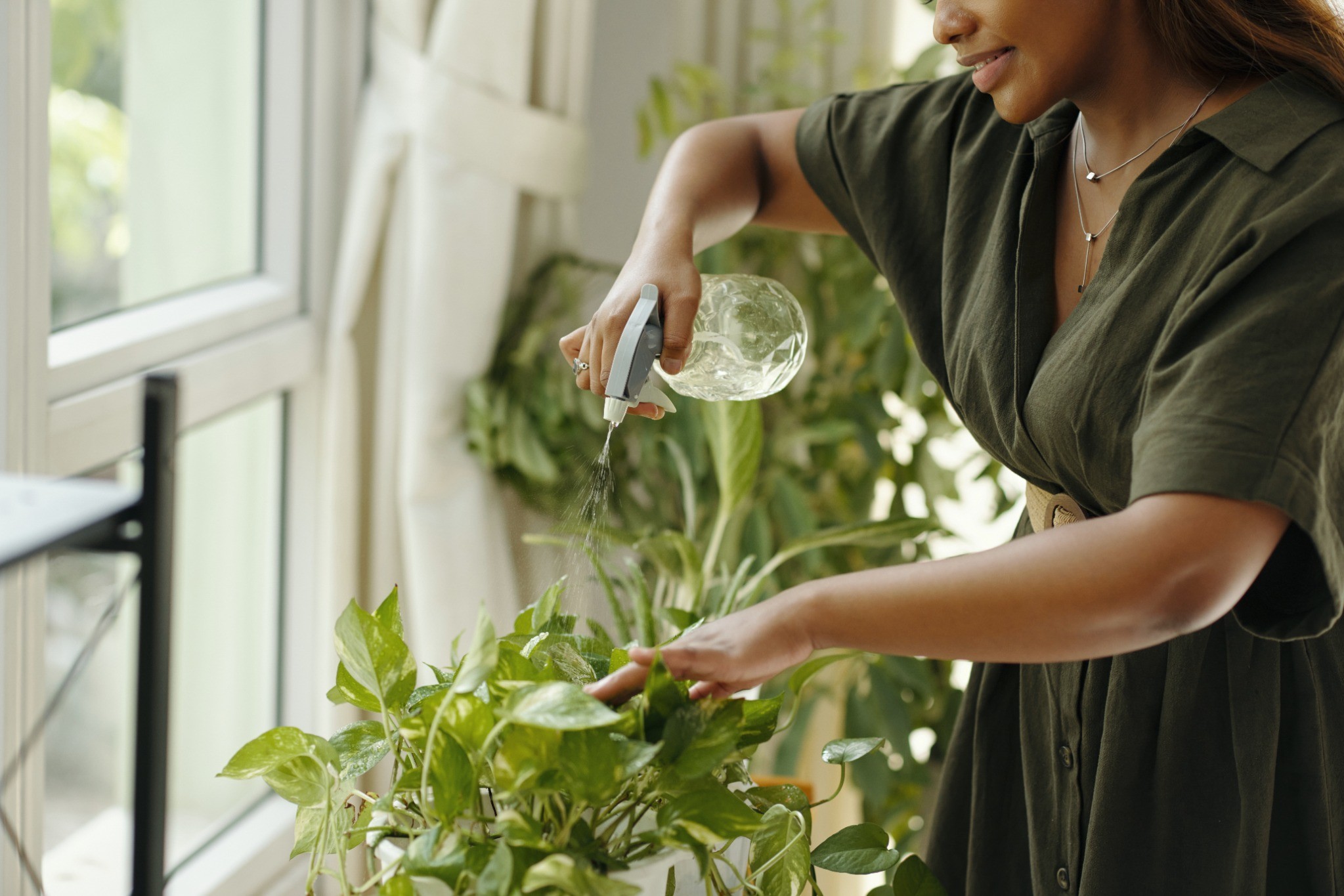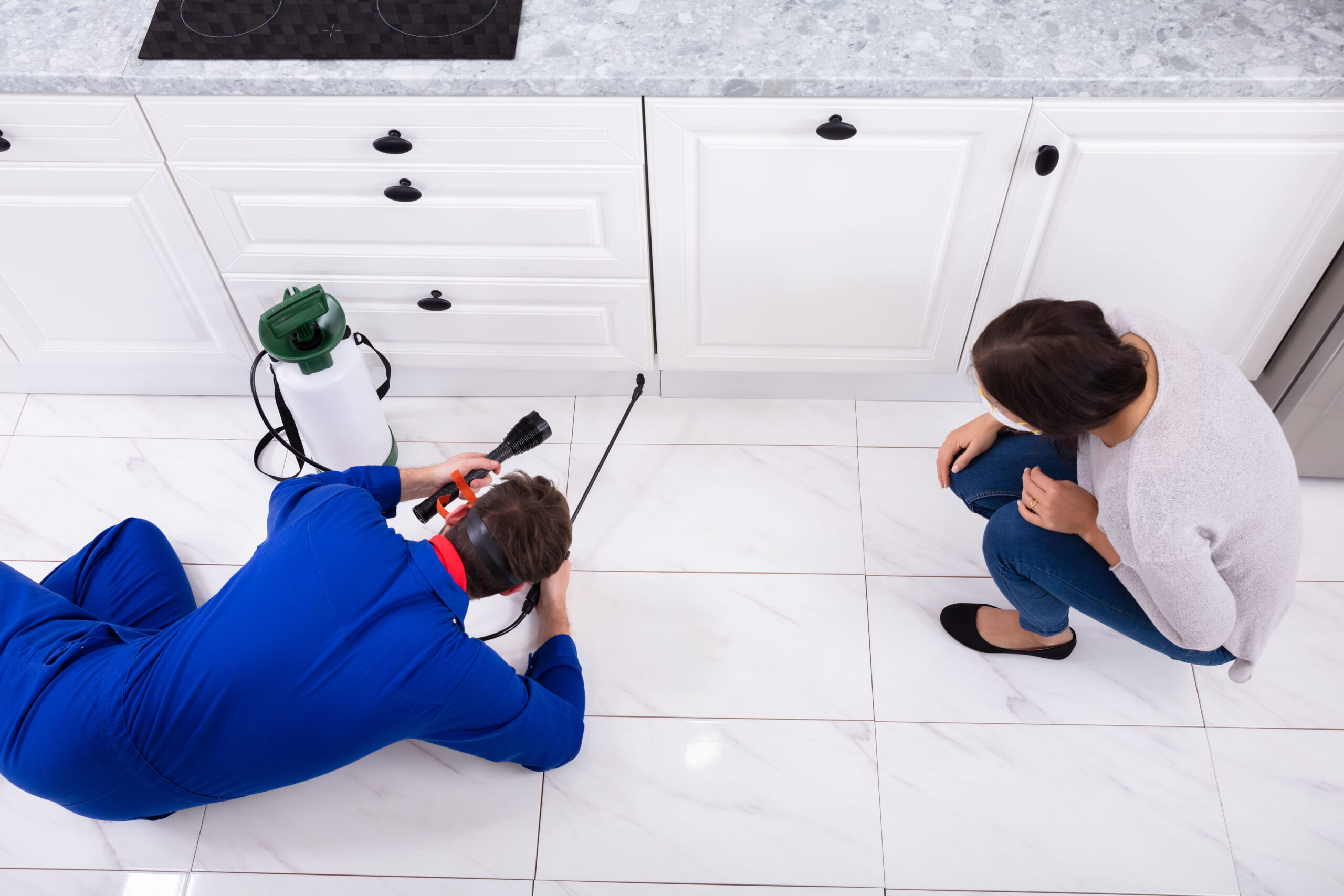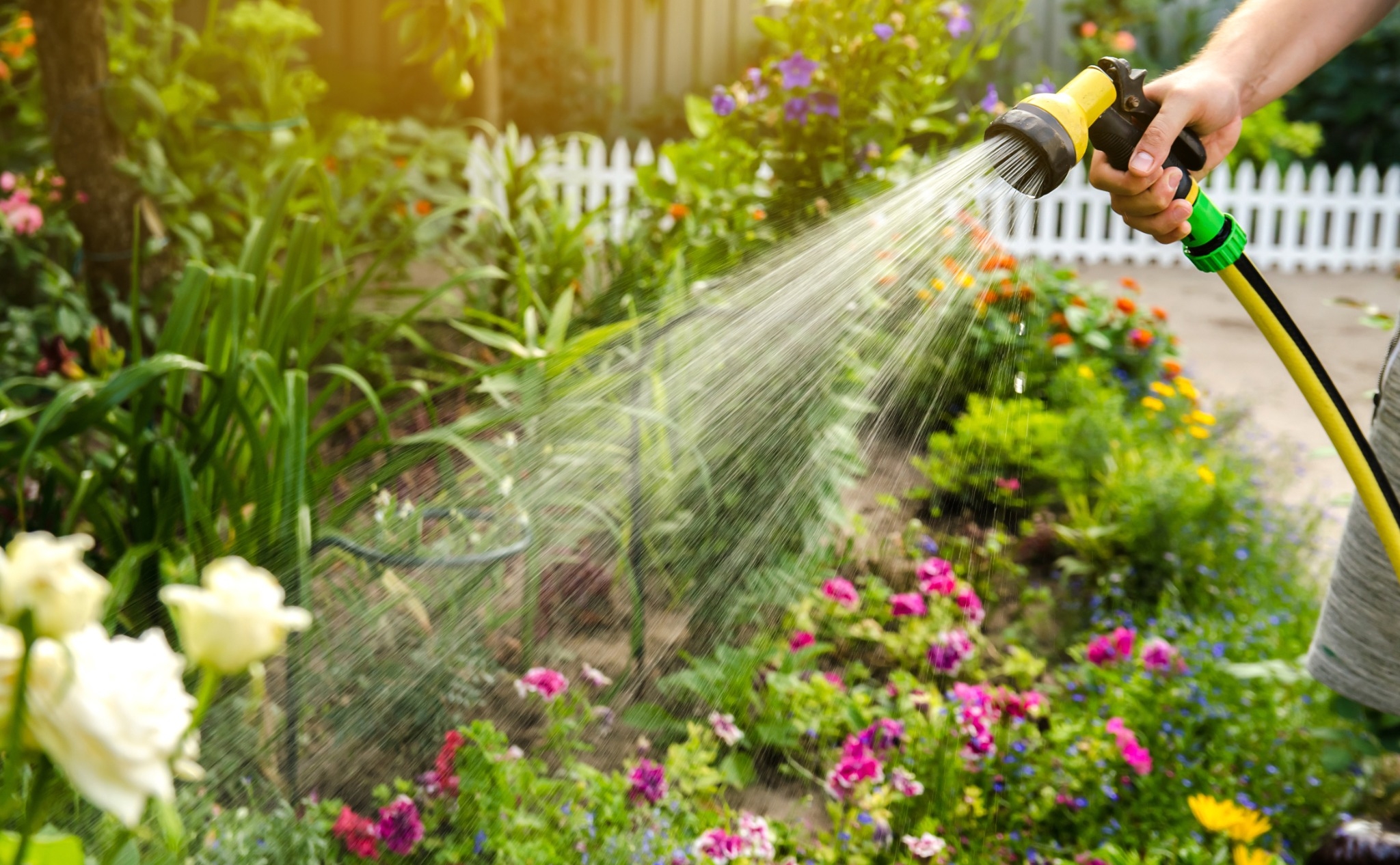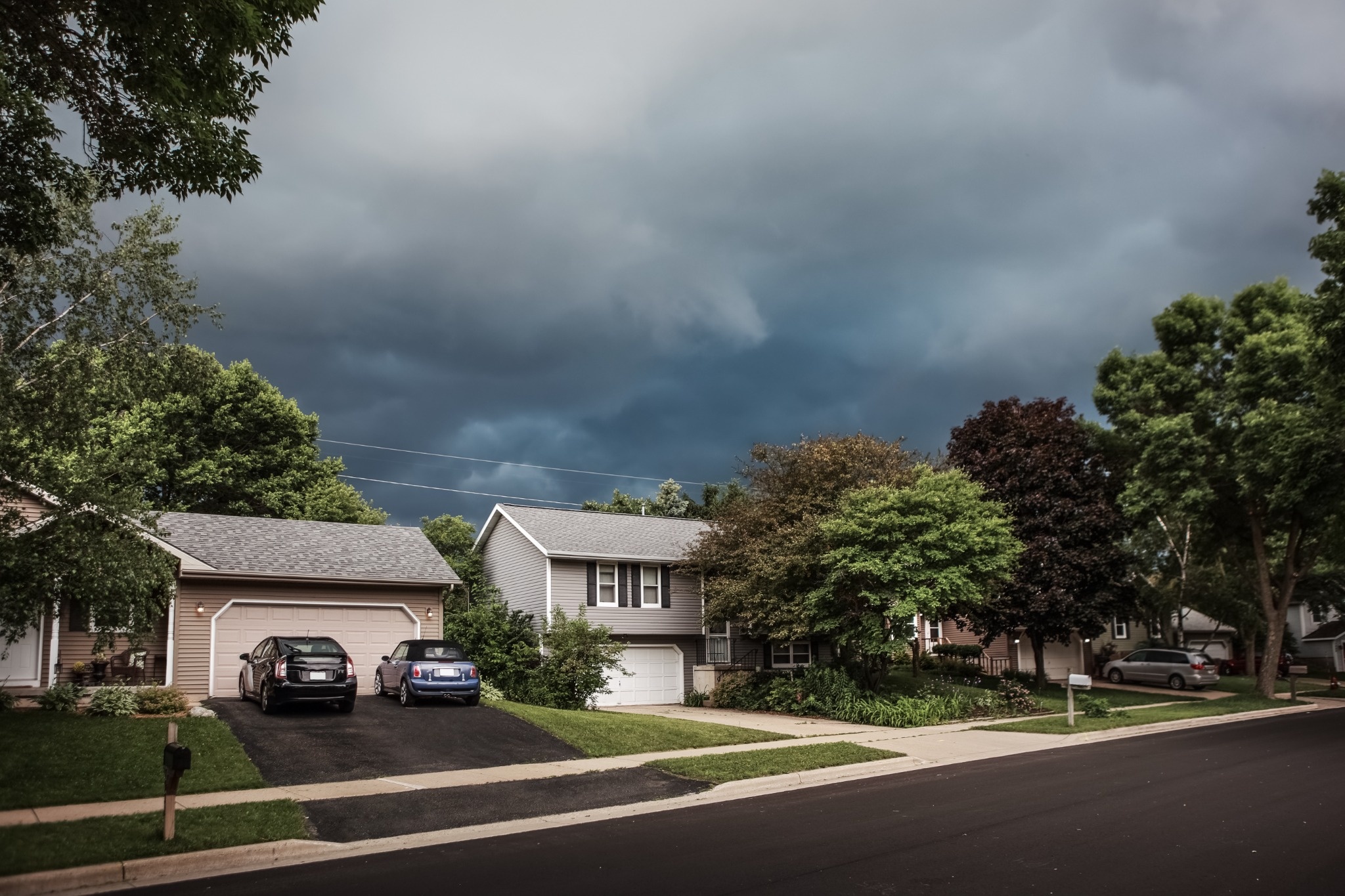Table of Contents
- How Heat Affects the Body
- Keep Your Home Cool Without Breaking the Bank
- Hydration Habits for Hot Days
- Safe Spaces Inside the Home
- Heatproofing for Kids and Pets
- Warning Signs to Watch Out For
- Emergency Planning for Extreme Heat
- Summer-Ready Home Upgrades
- Stay Informed With Local Alerts
- Small Changes, Big Difference
Summer Safety at Home: Prevent Heatstroke, Save Energy, and Stay Hydrated Indoors
When temperatures soar, the comfort of home can quickly turn into a health hazard. From heatstroke to dehydration, hot weather poses real risks—especially indoors without proper precautions.
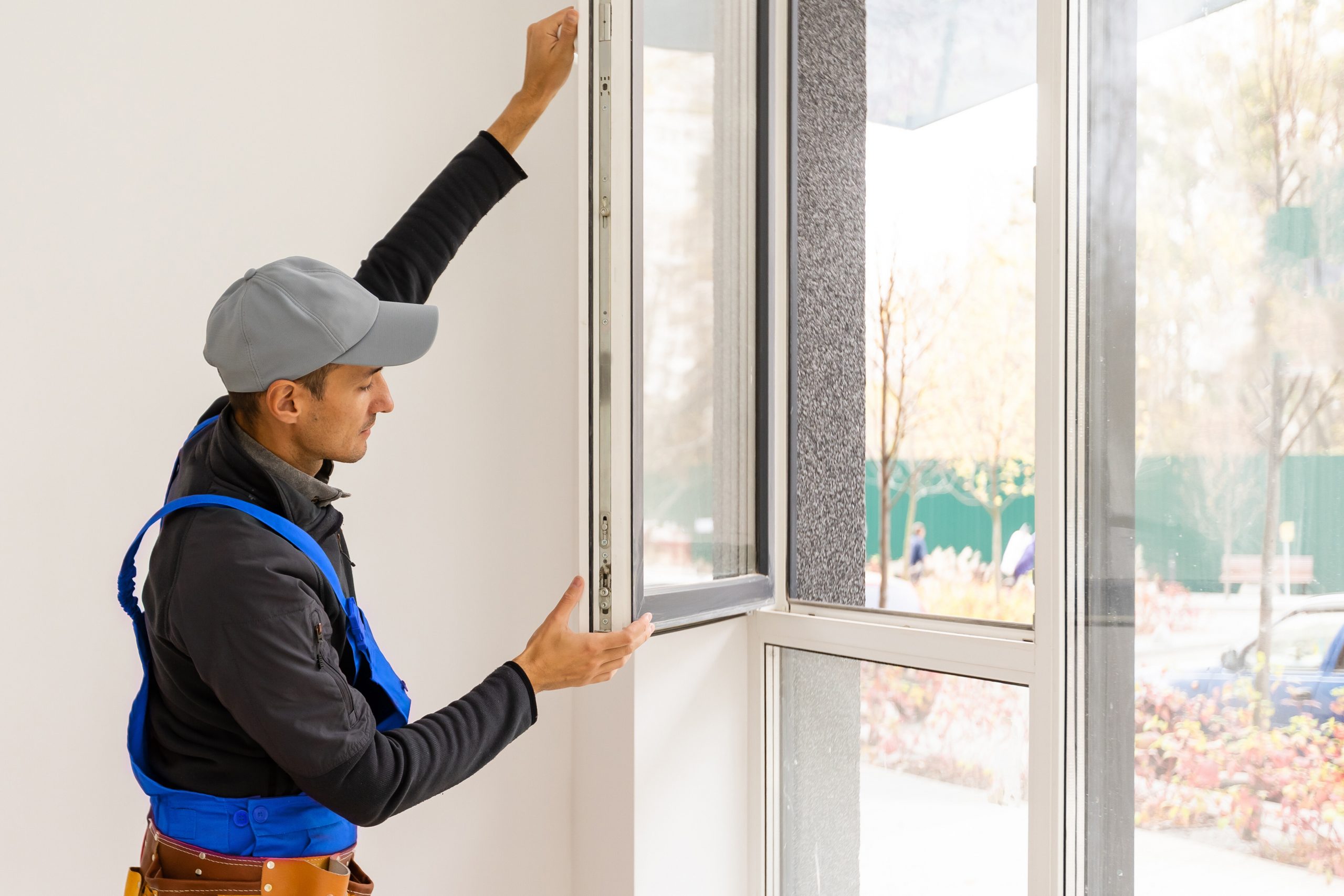
How Heat Affects the Body
Excessive heat causes the body to work overtime to maintain a safe internal temperature. When this balance breaks down, it can lead to heat exhaustion or even heatstroke, both of which are medical emergencies. Common signs include dizziness, headache, nausea, and confusion.
Certain groups—like older adults, young children, and people with chronic illnesses—are especially vulnerable to heat-related problems. That’s why having a summer heat safety plan at home is essential.
Keep Your Home Cool Without Breaking the Bank
Staying cool doesn’t always require blasting the air conditioning all day. There are cost-effective ways to beat the heat while managing your energy bill.
Energy-Smart Cooling Tips
- Use fans strategically: Place box fans in windows to push hot air out and ceiling fans to circulate cool air inside.
- Close curtains and blinds: Block out direct sunlight during the hottest parts of the day to reduce indoor heat gain.
- Cook smart: Avoid using ovens or stoves—opt for microwaves, outdoor grilling, or cold meals.
| Cooling Method | Energy Usage | Cost Efficiency | Effectiveness |
|---|---|---|---|
| Central A/C | High | Low | Very High |
| Window Fans | Low | High | Moderate |
| Blackout Curtains | None | Very High | High |
| Ceiling Fans | Low | High | Moderate |
Hydration Habits for Hot Days
Water is your first line of defense against heat exhaustion. But many people don’t drink enough, especially when indoors where the heat can sneak up on you.
Simple Hydration Tips
- Set reminders: Use alarms or apps to prompt regular water intake throughout the day.
- Infuse flavor: Add lemon, cucumber, or mint to make water more appealing.
- Eat water-rich foods: Cucumbers, watermelon, and strawberries help boost hydration levels naturally.
Aim for at least 8 glasses of water a day—and more if you’re active or sweating a lot indoors.
Safe Spaces Inside the Home
Not every room in your home cools the same way. Knowing which areas are naturally cooler can help you plan your day more comfortably.
- Basements or lower levels tend to stay cooler than upper floors.
- Rooms without direct sunlight are better for mid-day activities or napping.
- Bathrooms with tile floors can offer quick relief when overheated.
Set up cooling stations with a fan, a cold-water bottle, and light snacks to encourage regular breaks from the heat.
Heatproofing for Kids and Pets
Children and pets can’t regulate their body temperature as efficiently as adults. That’s why they need special care during hot weather.
Tips for Keeping Them Safe
- Never leave them in parked cars: Even with the windows cracked, interior temperatures can skyrocket within minutes.
- Ensure shaded play areas: If playing outdoors, use umbrellas or tents and bring them inside often.
- Keep water bowls full: For pets, place multiple bowls around the house, and consider a cooling mat or frozen treats.
Warning Signs to Watch Out For
Recognizing early signs of heat-related illness is crucial. Quick action can prevent a minor issue from turning into a medical emergency.
| Symptom | Possible Condition | What to Do |
|---|---|---|
| Heavy sweating, fatigue | Heat exhaustion | Rest, hydrate, cool down |
| Confusion, no sweating | Heatstroke | Call 911, use ice packs, move to cool area |
| Muscle cramps | Heat cramps | Stretch, hydrate with electrolytes |
| Nausea or headache | Dehydration/Overheating | Sip water, rest in shade or cool room |
Emergency Planning for Extreme Heat
Power outages during heatwaves can be dangerous. Having an emergency plan ensures your household stays safe even if cooling systems go offline.
- Create a backup cooling plan: Have battery-operated fans, ice packs, and access to a cooling shelter if needed.
- Stock water and shelf-stable food: Include enough for each family member for at least 72 hours.
- Check on neighbors: Especially those who are elderly or living alone.
Summer-Ready Home Upgrades
Some small home improvements can make a big difference during heatwaves—and may even increase your home’s energy efficiency.
- Install insulation or weather stripping: Keeps the cool air in and the hot air out.
- Use smart thermostats: Automatically adjust cooling when you’re not home to save energy.
- Upgrade to energy-efficient windows: Reduce heat transfer and lower cooling costs.
Stay Informed With Local Alerts
Many cities offer heat advisories or emergency updates via text or email. Signing up helps you prepare ahead of time.
Also consider:
- Installing a weather app with push notifications
- Keeping a battery-powered radio for updates during outages
Small Changes, Big Difference
Summer safety starts with everyday habits. By combining smart cooling strategies, good hydration, and a few home tweaks, you can create a safe, comfortable environment all season long.


